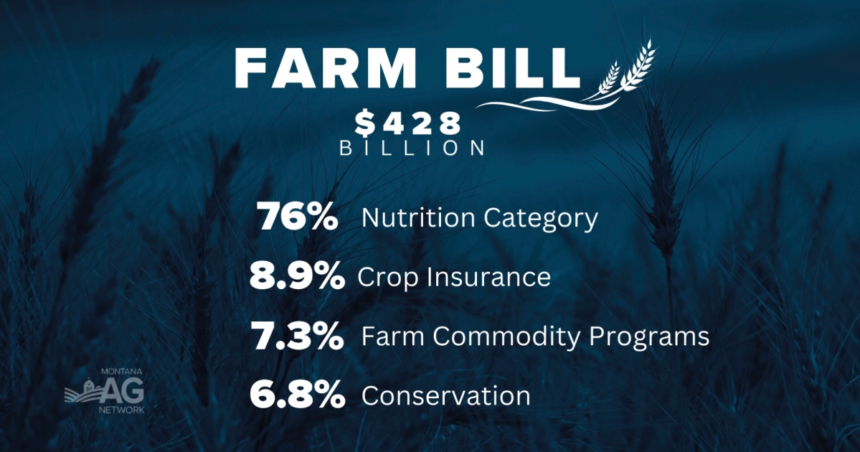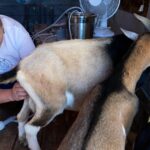The Agriculture Improvement Act of 2018, also known as the Farm Bill, is a vital safety net for agriculture producers.
“We have been advocating for the new Farm Bill for the past two years, and we are hopeful that it will be completed by the end of this fiscal year,” stated Boyd Heilig, president of the Montana Grain Growers Association (MGGA).
Export markets are crucial to Montana farmers, as half of the state’s crop production is exported overseas. This is why MGGA is advocating for additional funding for foreign market development to be included in the new farm bill.
“The 2018 Farm Bill was satisfactory, but we are looking for enhancements to crop insurance as our top priority, along with additional funding for market access programs and foreign market development,” Heilig explained.
Under the current 2018 farm bill, which totals $428 billion over five years, 76% is allocated to nutrition, 8.9% to crop insurance, 7.3% to farm commodity programs, and 6.8% to conservation.
“Whenever a Farm Bill is about to expire, they usually extend it because they want to avoid reverting to the program where farmers are paid based on production costs,” noted Walter Schweitzer, president of the Montana Farmers Union.
While the future of the Farm Bill remains uncertain, Montana farmers are advocating for increased funding to safeguard agriculture production and national food security.
“A new version of the Farm Bill may be passed during the lame duck period, typically between November and January, or it might be delayed until the new president and congress take office,” Schweitzer mentioned.
“We understand that no progress will be made on the Farm Bill until after the election. However, as Montana Grain Growers, we are determined to see this farm bill through,” added Heilig.
If a new Farm Bill is not passed, federal nutrition programs like SNAP will face significant cuts. In the last Farm Bill, over $300 billion was allocated for SNAP programs, which would no longer be available if the funding is cut.
“There is a clear connection between food production and nutrition programs. By providing our raised food to those in need through these programs, it benefits both parties. That is why the two have always been linked, and separating them raises concerns as both farmers and SNAP recipients would face cuts,” shared Heilig.
MGGA is actively working to retain funding for these programs while also securing more funding for crop insurance and market access programs.





